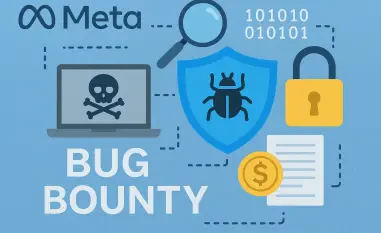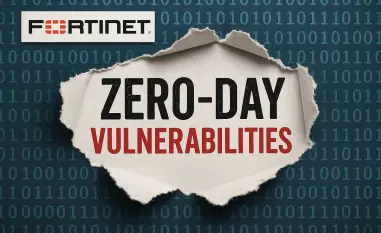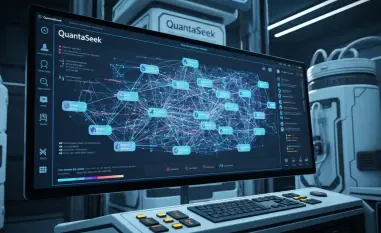I’m thrilled to sit down with Malik Haidar, a renowned cybersecurity expert whose career has been dedicated to safeguarding multinational corporations from sophisticated threats and hackers. With a deep background in analytics, intelligence, and security, Malik brings a unique perspective by blending business strategy with cutting-edge cybersecurity practices. In today’s conversation, we dive into the alarming rise of AI-generated malware, focusing on a recent incident involving a malicious npm package that targeted cryptocurrency users. We’ll explore how this threat operated, the role of AI in its creation, the challenges it poses to software supply chain security, and the broader implications for developers and the tech industry.
Can you walk us through what the malicious npm package, known as @kodane/patch-manager, was intended to do and how it deceived its users?
Certainly. This package was marketed as a tool for advanced license validation and registry optimization for Node.js applications, which sounded legitimate and useful to developers looking to enhance performance. However, its true purpose was far more sinister. Once installed, it acted as a cryptocurrency wallet drainer, specifically targeting Solana funds. It would scan a user’s system for wallet files and siphon off any assets to a hardcoded address on the Solana blockchain. It was a classic bait-and-switch, exploiting the trust developers place in open-source ecosystems like npm.
How did this package come to light, and what can you tell us about its spread before it was removed?
The package was uploaded to npm on July 28, 2025, by an account under the name “Kodane.” Before it was taken down, it had already been downloaded over 1,500 times, which shows how quickly malicious software can proliferate in trusted repositories. A software supply chain security company discovered it and flagged its dangerous capabilities, even labeling it as an “enhanced stealth wallet drainer” due to how openly its malicious intent was coded into the source. This rapid spread underscores the need for vigilance, as many users likely installed it without suspecting a thing.
Could you explain how this malware functioned once it was installed on a user’s system?
Absolutely. The malware leveraged a postinstall script, which is a piece of code that runs automatically after a package is installed in the npm ecosystem. This is a sneaky attack vector because it doesn’t require any user interaction beyond the initial installation. The script hid its payload in obscure directories across different operating systems—Windows, Linux, and macOS—making it harder to detect. It then generated a unique machine ID for the infected device, sent that ID to a command-and-control server, and established a connection to receive further instructions or to exfiltrate data. This level of sophistication made it a silent but deadly threat.
What specific signs pointed to this malware being created with the help of AI technology?
There were several telltale signs that suggested AI involvement in crafting this malware. For one, the code contained emojis and unusually detailed, descriptive comments, which aren’t typical in manually written malicious scripts. The README.md file also had a polished, structured style that matched patterns often seen in content generated by AI models like Anthropic’s Claude. Additionally, the frequent use of the term “Enhanced” to describe code modifications aligned with known quirks of that specific AI chatbot. These elements combined to paint a picture of a threat actor using AI to produce more convincing and complex malware.
Why do you think this incident raises such significant concerns for software supply chain security?
This incident is a wake-up call because it highlights how AI-generated malware can slip past traditional detection mechanisms. Unlike older, more predictable threats, AI-crafted packages can appear legitimate, even helpful, blending seamlessly into trusted platforms like npm. This creates a massive challenge for package maintainers and security teams who now have to scrutinize not just obvious red flags but also highly polished, seemingly benign code. It’s a game-changer in terms of risk, as it exploits the inherent trust developers place in these ecosystems, especially in automated environments like CI/CD pipelines where human oversight is minimal.
How do you see the broader impact of AI-assisted threats reshaping the cybersecurity landscape for developers and the tech industry?
The rise of AI-assisted threats is fundamentally altering the cybersecurity battlefield. Threat actors can now generate sophisticated, tailored malware at scale, lowering the barrier to entry for less-skilled attackers. This democratization of advanced tools means we’ll likely see an uptick in attacks that are harder to predict and detect. For developers, it’s a stark reminder that trust in open-source isn’t enough anymore; they need robust verification processes and tools to scan dependencies. For the industry, it signals a need for new defenses—think AI-driven detection systems to counter AI-driven threats—and a cultural shift toward proactive security rather than reactive fixes.
What is your forecast for the future of software supply chain security in light of these evolving AI-generated threats?
I believe we’re heading into a challenging but innovative era for software supply chain security. As AI continues to empower threat actors, we’ll see malware become even more adaptive and deceptive, potentially targeting niche industries or specific software stacks with pinpoint accuracy. On the flip side, I expect the industry to respond with equally advanced countermeasures—think machine learning models trained to spot AI-generated anomalies or blockchain-based trust systems for verifying package integrity. Collaboration between developers, security teams, and platform providers will be crucial. We’re in for a cat-and-mouse game, but with the right focus on prevention and education, we can stay a step ahead.













